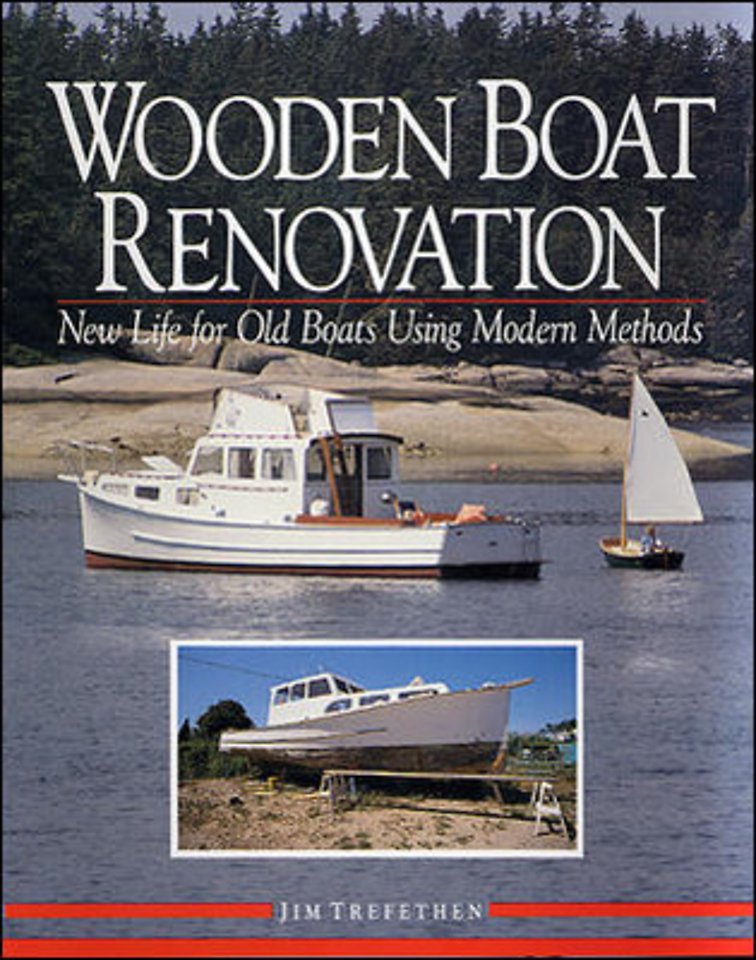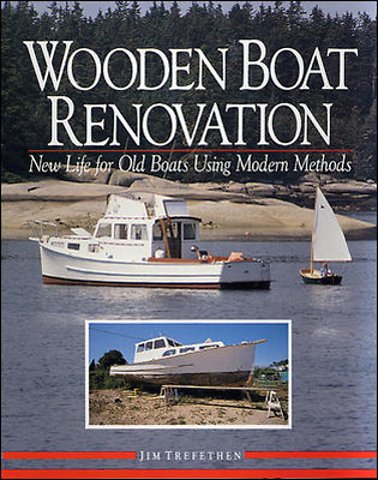Wooden Boat Renovation: New Life for Old Boats Using Modern Methods
Samenvatting
This book is about fixing up old boats made of wood. For many people, a boat isn't a boat unless it's made of wood. The psychological and philosophical reasons for needing to own a boat made from honest trees instead of the material that L. Francis Herreshoff characterized as "frozen snot" needn't concern us. But in this day and age, hard-nosed economics and the ubiquitous bottom line certainly should.
FACT: You can buy a repairable wooden boat and renovate and remodel it for a lot less money than you can buy and renovate a plastic or metal of similar size and condition.
Jim Trefethen has renovated dozens of good old wooden boats, and in this book he's sharing his collected wisdom, craftsmanship, and penury with you. It will supply you with the basic skills you'll need to successfully renovate an old wooden boat--any old wooden boat, from a 16-foot canoe to a 50-foot cruiser, and everything in between--provided the boat actually is repairable (and you'll learn how to determine that, too). After you've read Wooden Boat Renovation, we hope you come away knowing what is possible and how to accomplish it. Then we hope you actually do it.

